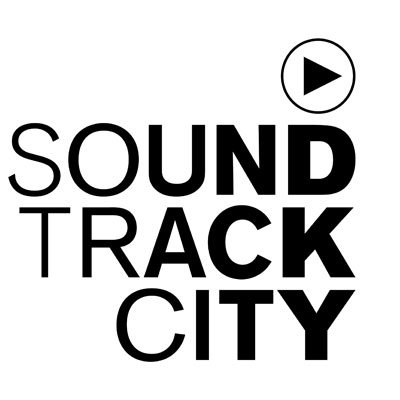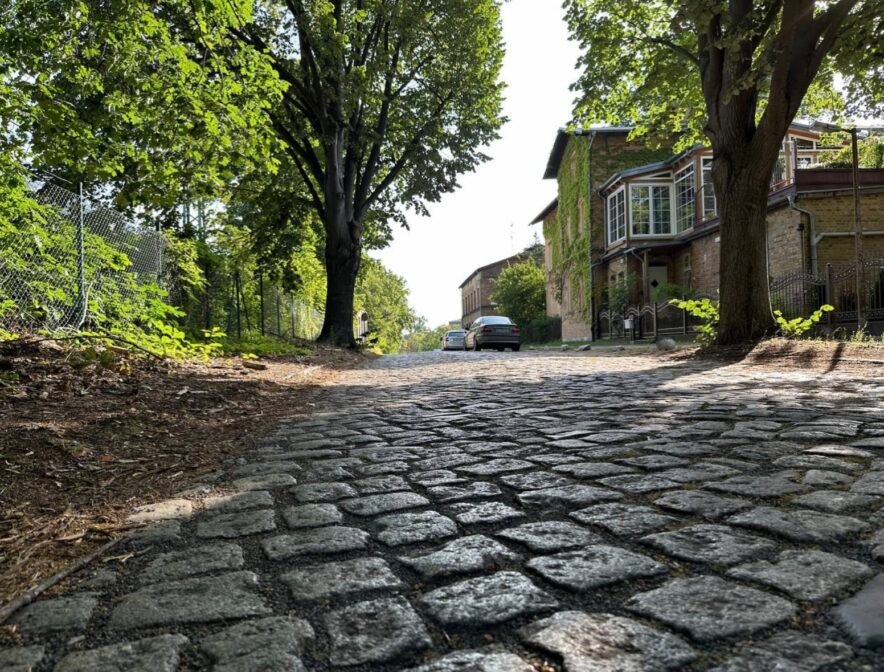LIVE AUDIO STREAM WESTKREUZ BERLIN CHARLOTTENBURG
In een niet openbaar toegankelijk stuk wilde stadsnatuur ingeklemd tussen spoor en snelwegen bij Westkreuz plaatsten we op 4 en 5 mei een live microfoon en een streamingbox van Radio Earth. Daarmee kon iedereen vanuit waar dan ook luisteren naar het gebiedje. [English below]
Deze stream droeg bij aan REVEIL, een estafette van streams tijdens zonsopgang in het eerste mei weekend waarmee je in 24 uur een luisterrondje om de wereld kon maken. Dit jaar was alweer de 11e keer dat REVEIL werdt georganiseerd.
Luister een gedeelte van de stream terug op Archive.org
Waarom Westkreuz?
We denken dat deze eigenaardige plek ons iets kan leren over ons in de wereld zijn. We hoorden een mengelmoes van harde, subtiele, verre, nabije, onderbroken en aanhoudende geluiden. Veel van wat we horen is door mensengemaakt. Is er iemand verantwoordelijk voor deze vreemde mix? Kunnen we als mens hopen ooit een meer vreedzame verbinding te maken met alles dat we tegenkomen binnen dit fragiele ecosysteem dat de biosfeer is?
Wat is Westkreuz?
Westkreuz is een oude stedelijke infrastructurele knoop. Door de wirwar van wegen, snelwegen, spoor- en metrosporen is het gebied versnipperd in kleine, soms nauwelijks toegankelijke gebiedjes die elk hun eigen specifieke milieu hebben. Westkreuz bevat een van de oudste en tegelijkertijd drukst bereden snelwegknooppunten van Duitsland en heeft een nogal eigenaardige ontstaansgeschiedenis (trefwoorden: AVUS, NS zeit, Reichsbahn, DDR, S-bahn). Deze plek is de oorsprong van het autoverkeer. Hier bevond zich de Automobil- Verkehrs- und Übungsstraße (ook bekend als AVUS), de eerste weg ter wereld die alleen voor auto’s toegankelijk was.
Soundtrackcity onderzoekt dit gebied al sinds 2013 door middel van geluidswandelingen en andere luisterpraktijken. De overkoepelende vraag is hoe (snel)verkeer en grootschalige infrastructurele constructies een stedelijke omgeving sonisch bepalen.
De geïsoleerde gebieden van Westkreuz zijn vaak alleen toegankelijk via tunnels of bruggen of helemaal niet. Elk gebied heeft zijn eigen sonische karakter en gebruik (of niet-gebruik). Je vindt er bossen, langparkeerplaatsen voor vrachtwagens, vervallen gebouwen, een tribune van een voormalig racecircuit, een begraafplaats, vluchtelingenkampen, rangeerterreinen, weerbarstige natuur en prachtige verzorgde volkstuinen.
ENGLISH:
LIVE AUDIO STREAM WESTKREUZ BERLIN CHARLOTTENBURG
In a non-publicly accessible piece of wild urban nature sandwiched between rail and highways near Westkreuz, we placed a live microphone and a streaming box from Radio Earth on 4 and 5 May. With this, anyone could listen to the area from anywhere.
This stream contributed to REVEIL, a relay of streams during sunrise on the first May weekend that allowed you to make a listening tour around the world in 24 hours. This year marked the 11th time REVEIL was organised.
Listen back to part of the stream at Archive.org
Why Westkreuz?
We think this peculiar place can teach us something about being in the world. We heard a hodgepodge of loud, subtle, distant, nearby, intermittent and sustained sounds. Much of what can be heard in on Westkreuz is man-made. Is someone responsible for this strange mix? Can we as humans ever hope to make a more peaceful connection with everything we encounter within this fragile ecosystem that is the biosphere?
What is Westkreuz?
Westkreuz is an ancient urban infrastructural knot. Due to the crisscrossing of roads, highways, rail and metro tracks the area is shredded into small, sometimes hardly accessible places that each have their own particular milieu. Westkreuz includes one of the oldest and at the same time most trafficked highway interchanges in Germany and has quite a peculiar genesis (keywords: AVUS, NS zeit, Reichsbahn, DDR, S-bahn). This is the origin of car traffic. Here was the Automobil- Verkehrs- und Übungsstraße (‘Automobile traffic and training road’) also known as AVUS), the first road in the world only acessible for cars.
Soundtrackcity has been studying this area since 2013 through sound walks and other listening practices. The overarching question is how (fast) traffic and large scale infrastructural constructions determine an urban environment sonically in different ways.
The isolated areas of Westkreuz are only accessible by tunnels or bridges or not at all. Each area has its own sonic character and use (or non-use). You can find woodlands, parking lots for lorries, derelict buildings, a grandstand from a former race track, a cemetry, refugee camps, shunting yards, unruly nature and beautiful well-tended alottments.

